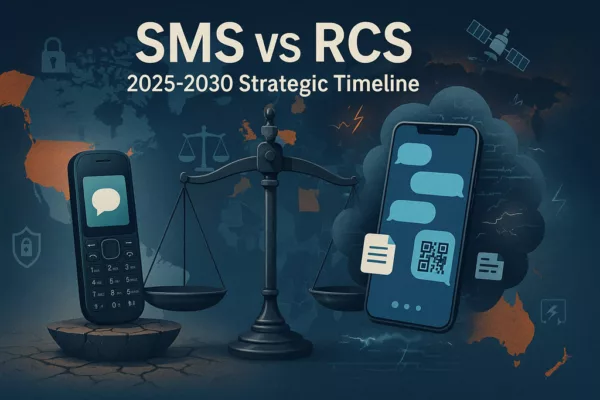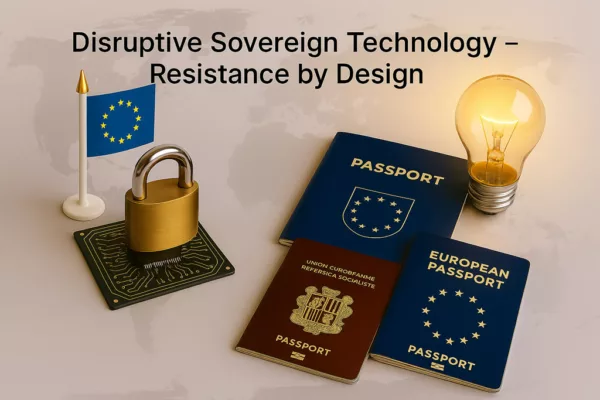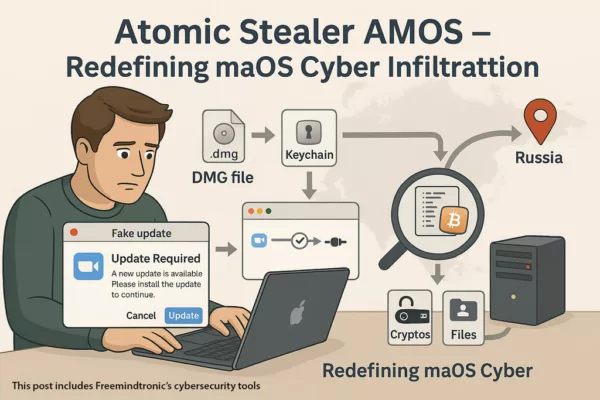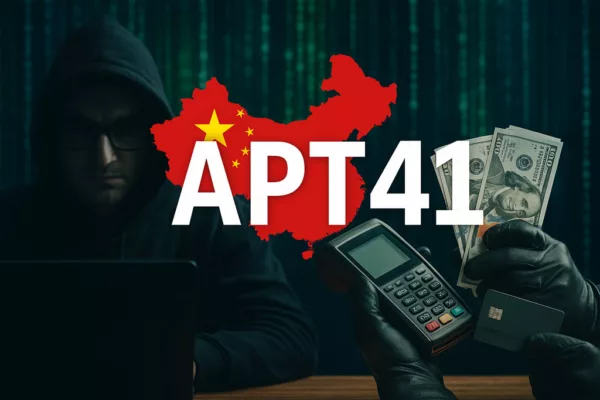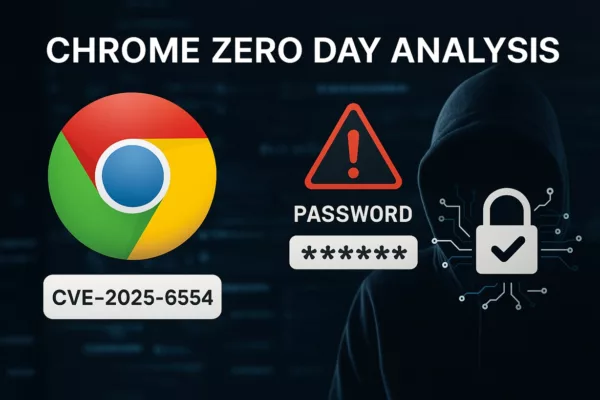UN Cybersecurity Treaty Establishes Global Cooperation The UN has actively taken a historic step by agreeing on the first-ever global cybercrime treaty. This significant agreement, outlined by the United Nations, demonstrates a commitment to enhancing global cybersecurity. The treaty paves the way for stronger international collaboration against the escalating threat of cyberattacks. As we examine […]
Stay informed!
Join our community of technology enthusiasts! Subscribe to our newsletter and receive exclusive updates on the latest news, special offers, and tips from Freemindtronic. Stay informed on the latest technology trends, discover new products, and be among the first to take advantage of them. Sign up now by entering your email address below. Don't miss any updates from Freemindtronic!

